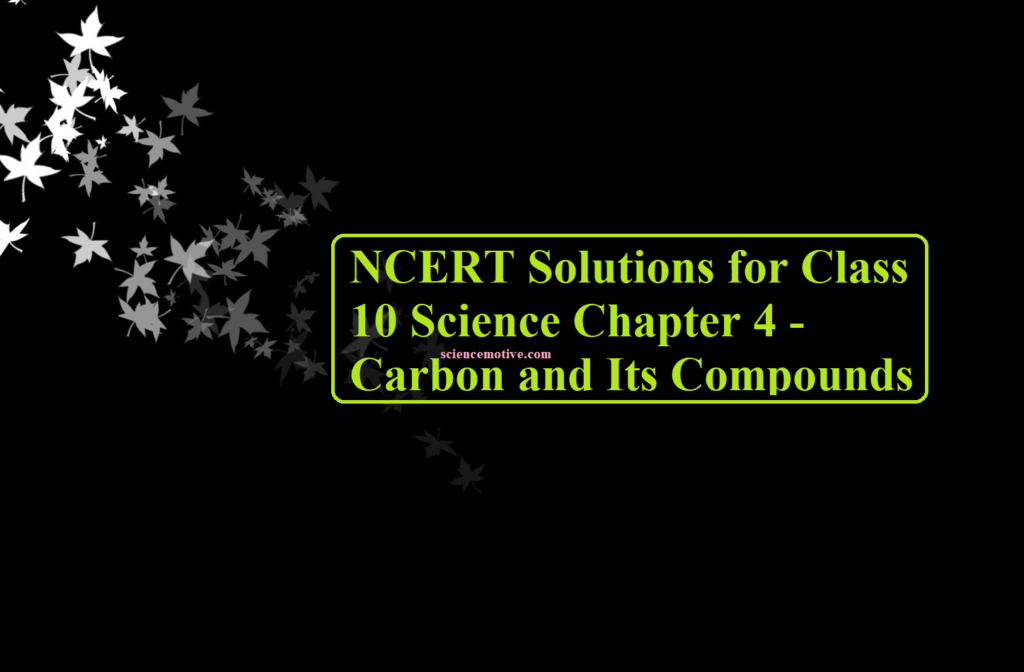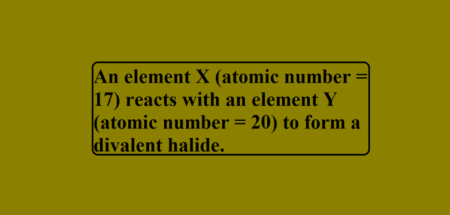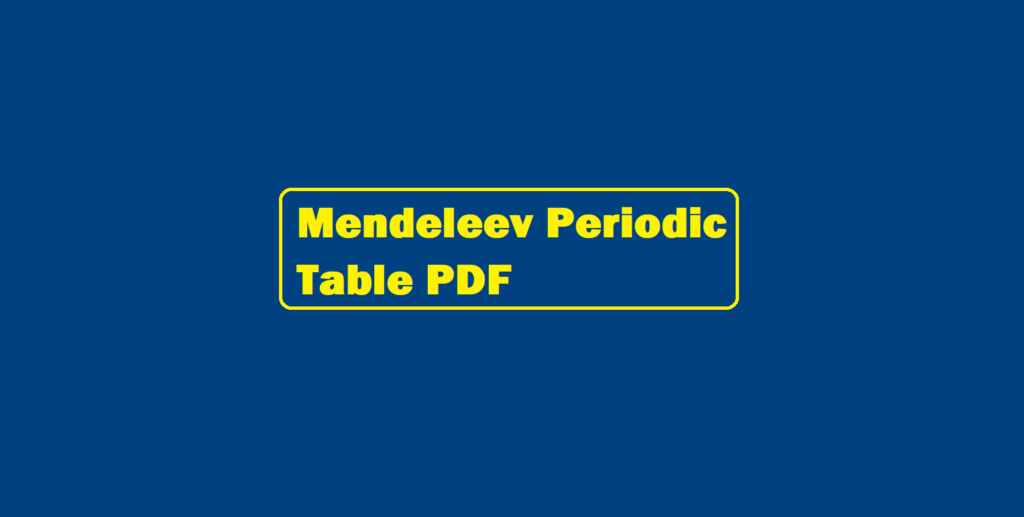NCERT Solutions for Class 10 Science Chapter 4
NCERT Solutions for Class 10 Science Chapter 4
Que 1. What would be the electron dot structure of carbon dioxide which has the formula CO2?
Ans 1. A Lewis electron dot diagram (or electron dot diagram or a Lewis diagram or a Lewis structure) is a representation of the valence electrons of an atom that uses dots around the symbol of the element. The number of dots equals the number of valence electrons in the atom.
Carbon: Atomic Number – 6, Electronic Configuration – 2,4, Number of valence electrons – 4
Oxygen: Atomic Number – 8, Electronic Configuration – 2,6, Number of valence electrons – 6
Que 2. What would be the electron dot structure of a molecule of Sulphur which is made up of eight atoms of Sulphur?
Ans 2. In order to stabilise each sulphur atom shares 1 electron each with 2 adjoining sulphur atoms which result in a ring or crown structure.
Sulphur:
Atomic Number – 16, Electronic Configuration – 2,8, 6, Number of valence electrons – 6
Since it has 6 valence electrons it shares 2 electrons to satisfy its octet rule.
Que 3. How many structural isomers can you draw for pentane?
Ans 3. Three structural isomers are possible for pentane. These are
Pentane (n – Pentane),
2 – Methyl pentane (isopentane)
2, 2 – Dimethyl pentane (neopentane).
Que 4. What are the two properties of carbon which lead to the huge number of carbon compounds we see around us?
Ans 4. Two properties of carbon that lead to the huge number of carbon compounds we see around us are
(i) Catenation – It is the self-linking property of carbon i.e., the ability of carbon to form bonds with other atoms of carbon.
(ii) Tetravalency – With the valency of four, carbon is capable of bonding with four other atoms.
Que 5. What will be the formula and electron dot structure of cyclopentane?
Ans 5. Cyclopentane is the combination of Cyclo- which means cyclic and pentane means an alkane. The general formula of such cycloalkane is CnH2n. ؞ The formula of cyclopentane is C5H10.
Que 6. Draw the structures for the following compounds.
(i) Ethanoic acid
(ii) Bromopentane
(iii) Butanone
(iv) Hexanal
Ans 6. The structures of the above compounds are
Que 7. How would you name the following compounds?
i). CH3 – CH2 – Br
ii). HCHO
iii). CH3 – CH2 – CH2 – CH2 – C ≡ CH
Ans 7. IUPAC names
i). Bromoethane
ii). Methanal or Formaldehyde
iii). Hexyne or 1-Hexyne
Que 8. Why is the conversion of ethanol to ethanoic acid an oxidation reaction?
Ans 8. CH3 – CH2OH ——-(Alkaline KMnO4)-→ CH3COOH
Oxidation is the gain of oxygen or loss of hydrogen. In the presence of oxidising agents like alkaline potassium permanganate or acidified potassium dichromate, ethanol (C2H5OH) gains an oxygen atom as well as loses 2 hydrogen atoms and gets converted into ethanoic acid (CH3 COOH). This shows it is an oxidation reaction.
Que 9. A mixture of oxygen and ethyne is burnt for welding. Can you tell why a mixture of ethyne and air is not used?
Ans 9. 2 HC ≡ CH + 5 O2 → 4 CO2 + 2 H2O + Heat
As ethyne is a mixture of all gases so when ethyne is burnt in the air (that contains about 21% oxygen) it gives a sooty flame due to incomplete combustion. But when ethyne is burnt in oxygen it gives a clear flame due to the complete combustion of ethyne. Thus, an oxy-acetylene flame is used for welding.
Que 10. How would you distinguish experimentally between alcohol and carboxylic acid?
Ans 10. In reaction with Sodium Carbonate, Carboxylic acids produce carbon dioxide gas which turns lime water milky whereas alcohols do not give this reaction. This experiment can be used to distinguish between alcohol and carboxylic acid.
Reaction of Carboxylic acid with sodium carbonate:
2CH3COOH + Na2CO3 → 2CH3COONa + H2O + CO2
Que 11. What are oxidising agents?
Ans 11. Oxidising agents are those compounds that either remove Hydrogen or add oxygen to a compound. Ex: halogens, potassium nitrate, and nitric acid.
Que 12. Would you be able to check if water is hard by using a detergent?
Ans 12. As detergents are salts of ammonium or sulphonates of long-chain carboxylic acids. They do not react with dissolved calcium and magnesium. So, It is not possible to check if water is hard by using a detergent.
Que 13. People use a variety of methods to wash clothes. Usually after adding the soap, they ‘beat’ the clothes on a stone, or beat it with a paddle, scrub with a brush or the mixture is agitated in a washing machine. Why is agitation necessary to get clean clothes?
Ans 13. A soap molecule has two parts namely a hydrophobic hydrocarbon chain and a hydrophilic ionic head, COO–Na+. When the soap is added to dirty clothes, which contains grease and oily substances, the greasy and oily dirt particles attach themselves to the hydrocarbon part and the ionic part remains attached to the water forming clusters of molecules. In these clusters, the hydrophobic tails are in the interior of the cluster and the ionic ends are on the surface of the cluster. This formation is called a micelle. When the dirty clothes are agitated in soap or detergent solution, the dirt particles attached to the hydrocarbon part get washed away in the water and the clothes get cleaned.
NCERT Solutions for Class 10 Science Chapter 4







